one. Principle of operation of Cre-loxP recombination system
- Cre recombinase and loxP sites
Creclase Recombination Enzyme is encoded by the Cre gene of E. coli phage P1 and is a 38 kD protein consisting of 343 amino acids. It is not only catalytically active, but also similar to restriction enzymes, capable of specifically recognizing loxP sites.
The loxP (locus of X-overP1) site is 34 bp long and includes two 13 bp inverted repeats and an 8 bp spacer region. Among them, the inverted repeat sequence is a specific recognition site of Cre recombinase, and the spacer region determines the direction of the loxP site.

Figure 1. Cre recombinase and loxP sites
(http://2012.igem.org/Team:Tsinghua-A/Project/Design)
- Cre-loxP Recombination System Induces Gene Recombination
The Cre-loxP system has several ways to induce recombination based on the interaction of Cre recombinase with the loxP site.
When there is a loxP site in the genome, once there is a Cre recombinase, it will bind to the inverted repeat region at both ends of the loxP site to form a dimer. This dimer binds to dimers of other loxP sites, which in turn form tetramers. Subsequently, the DNA between the loxP sites was cleaved by Cre recombinase, and the nick was religated under the action of DNA ligase. The result of the recombination depends on the position and orientation of the loxP site. There are several main ways to reorganize:
- The two loxP sites are located on the same DNA strand in the same direction, and the Cre recombinase knocks out the sequence between loxP;
- The two loxP sites are located on the same DNA strand and in opposite directions, and the Cre recombinase induces sequence turnover between loxP;
- Two loxP sites are located on different DNA strands or chromosomes, and Cre recombinase induces exchange or chromosomal translocation of two DNA strands;
- Four loxP sites are located on two DNA strands or chromosomes, and Cre recombinase induces sequence exchange between loxP.
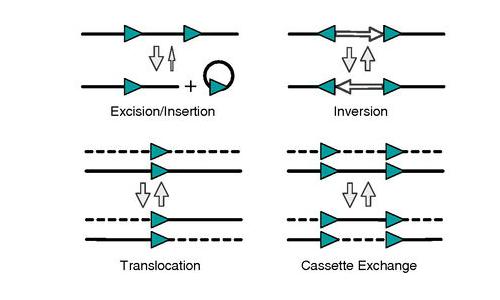
Figure 2. Ways of Cre-loxP-induced gene recombination
(https://)

two. AAV vector construction and virus packaging service for ViGene Cre-loxP recombination system
V igene Cre-loxP recombination system AAV vector | |
V igene Cre-loxP recombinant system adeno-associated virus | Cre recombinase-induced expression of FLEX-ON system |
Cre recombinase trans-splicing system | |
- FLEX-ON system that relies on Cre recombinase to induce expression
Binding tissue specific promoters and different AAV serotypes, FLEX-ON system can perform more precise control of tissue-specific control and time.
In the FLEX-ON system, the gene of the promoter in the opposite direction below the two sides are connected "head to head" in loxP. When the Cre recombinase is absent, the target gene cannot be expressed; when the Cre recombinase is present, the target gene can be induced to " flip " and express.
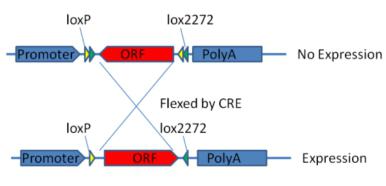
Figure 3. Schematic diagram of Vigene's Cre-dependent FLEX-ON system
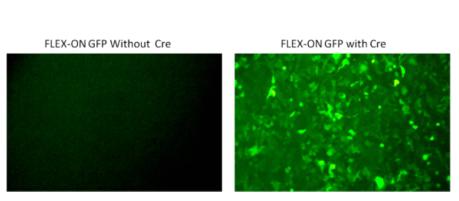
Figure 4. Vigene's FLEX-ON experiment diagram
- Relying on the Cre recombinase trans-splicing system - easy to have "AAV expressing large genes"
Smaller packaging capabilities (less than 5 kb) limit AAV applications. ViGene offers Cre-dependent trans-splicing systems that make it easy to have AAVs that express large genes.
The co-transfection efficiency of multiple recombinant AAVs was as high as 90%, and ViGene divided the larger genes into two parts and constructed them on two AAV vectors. The expression of the target protein is achieved by ITR recombination, mRNA splicing and Cre-loxP to eliminate the inhibition of transcription by ITR. The expression efficiency of the Cre-dependent trans-splicing system provided by the single vector ViGene is about 20%.
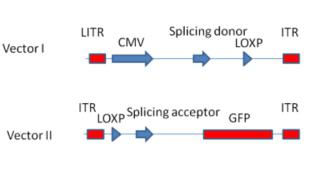
Figure 5. Schematic diagram of ViGene's Cre-dependent trans-splicing system

Figure 6. ViGene's Cre-dependent trans-splicing system experiment
three. V igene Cre-loxP recombination system AAV operation method
(1) In vitro experiment
Taking the type 2 AAV virus as an example, Vigene recommends the MOI value of 10 4 -10 5 , which is the data obtained from the root HEK293 cells. The MOI values ​​of the viruses used by different cells will be different. It is recommended that you pre-experiment the best MOI value before infecting the target cells. It is recommended to use a fluorescent control virus to explore the conditions.
1. To save the virus, it is recommended to use a 96-well plate for pre-experiment.
2. The target cells were seeded in 96-well plates, and the cell fusion rate was 50%. To ensure good cell growth, make sure the cells are attached overnight.
3. Add 10 ul of AAV virus stock to 90 ul of medium for a 1:10 dilution (10 -1 ), and use this as a starting point for a gradient dilution until dilution 10 -7 . The dilution factor can be reduced or increased according to the actual situation.
4. Remove the 96-well plate prepared in advance and determine if the cell growth is good. Replace the old medium with the prepared virus dilution, taking care to keep the cell wells without the virus added as a control group.
5. After adding the virus dilution, observe the cell status after 12-24h to confirm whether the amount of virus added is appropriate, and whether the amount of virus added affects the cell state. If the cells do not change, that is, the added virus is not toxic to the cells, the culture can be continued.
6. AAV virus is slow to infect cells. Please observe the fluorescence expression in cells every day after infecting cells.
Another: If the product you choose does not have a fluorescent label, harvest the cells separately at different time periods after 96 hours and detect gene expression by Western-Blot or other means of detection.
Note: Due to the specificity of AAV tissue, the efficiency of infecting cells in vitro is relatively low, so we strongly recommend that you purchase AAV for animal experiments .
(two) in vivo experiment
For mice/rats, there are different AAV injection methods for different directions. For details, see the Vigene website.
four. Frequently Asked Questions
1. Is reorganization of AAV safe?
To date, wild-type AAV has not been found to be pathogenic. Wild-type AAV has very low replication efficiency in the absence of a helper virus such as an adenovirus. The recombinant adeno-associated virus (rAAV) consists of a plurality of plasmids (cis plasmid, helper plasmid, rep/Cap plasmid). There is no homologous sequence between the Cis plasmid, the helper plasmid and the rep/Cap plasmid, so the recombinant AAV does not theoretically have the ability to replicate.
2. Which serotypes of AAV are available for selection? Which AAV should I use?
The AAV serotypes currently available to you are AAV1, AAV2, AAV5, AAV7, AAV6, AAV8 & AAV9. See the recommendations in the references in the guide below.
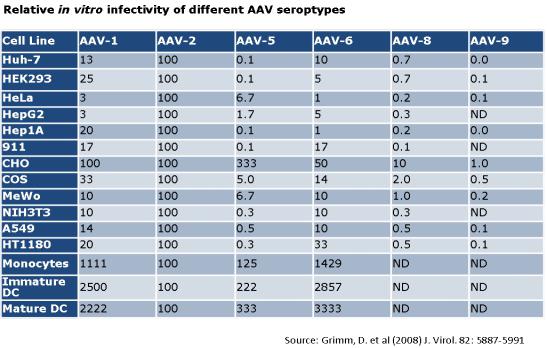
AAV Serotype | Muscle | Hepatocyte | Pulmonary | Brain | Retinal pigmented epithelium | Pancreas | Kidney |
AAV1 | X | Neuons and glial cells | X | X | |||
AAV2 | X | ||||||
AAV5 | Lung alveolar cells | Neuons and glial cells | X | ||||
AAV6 | X | X | |||||
AAV7 | X | Neuron | X | ||||
AAV8 | X | X | Neuron | X | X | ||
AAV9 | X | X | X | X | X | X |
Please also refer to the transfection efficiency and different cell type comparison tables to determine which serotype AAV is more suitable for your cells.
3. What are the advantages of using the recombinant adeno-associated virus rAAV to deliver genes?
The rAAV virus has a high titer and can infect dividing and non-dividing cells, has minimal immunogenicity, and has a long time to express foreign genes in vivo.
4. Is the AAV carrier stable? How to save the AAV vector?
The purified AAV vector is highly stable at 4 ° C or lower. It is recommended that you pack AAV and store it at -80 °C for a long time.
5. What materials do customers need to order for custom AAV services? & What are the products customers receive?
You can choose from our human full-length cDNA library (17,000 pre-made ORFs) or provide your plasmid DNA or DNA sequences, and we clone the genes into AAV vectors. You can also specify specific fusion tags and AAV serotypes.
For gene silencing services, please provide the exact shRNA sequence to construct a recombinant rAAV vector. Our standard vector has a U6 promoter and a GFP tag.
Under normal circumstances, customers can provide 500 ul of virus solution 1 × 10 ^ 12 VG / mL. Products with specific volumes and titers are also available upon request.

Electronics Industrial Nitrile Gloves
Electronics Industrial Nitrile Gloves,Pure Nitrile Exam Gloves,Waterproof Gloves For Work,Astm D6978 Examination Gloves
Puyang Linshi Medical Supplies Co., Ltd. , https://www.linshimedical.com